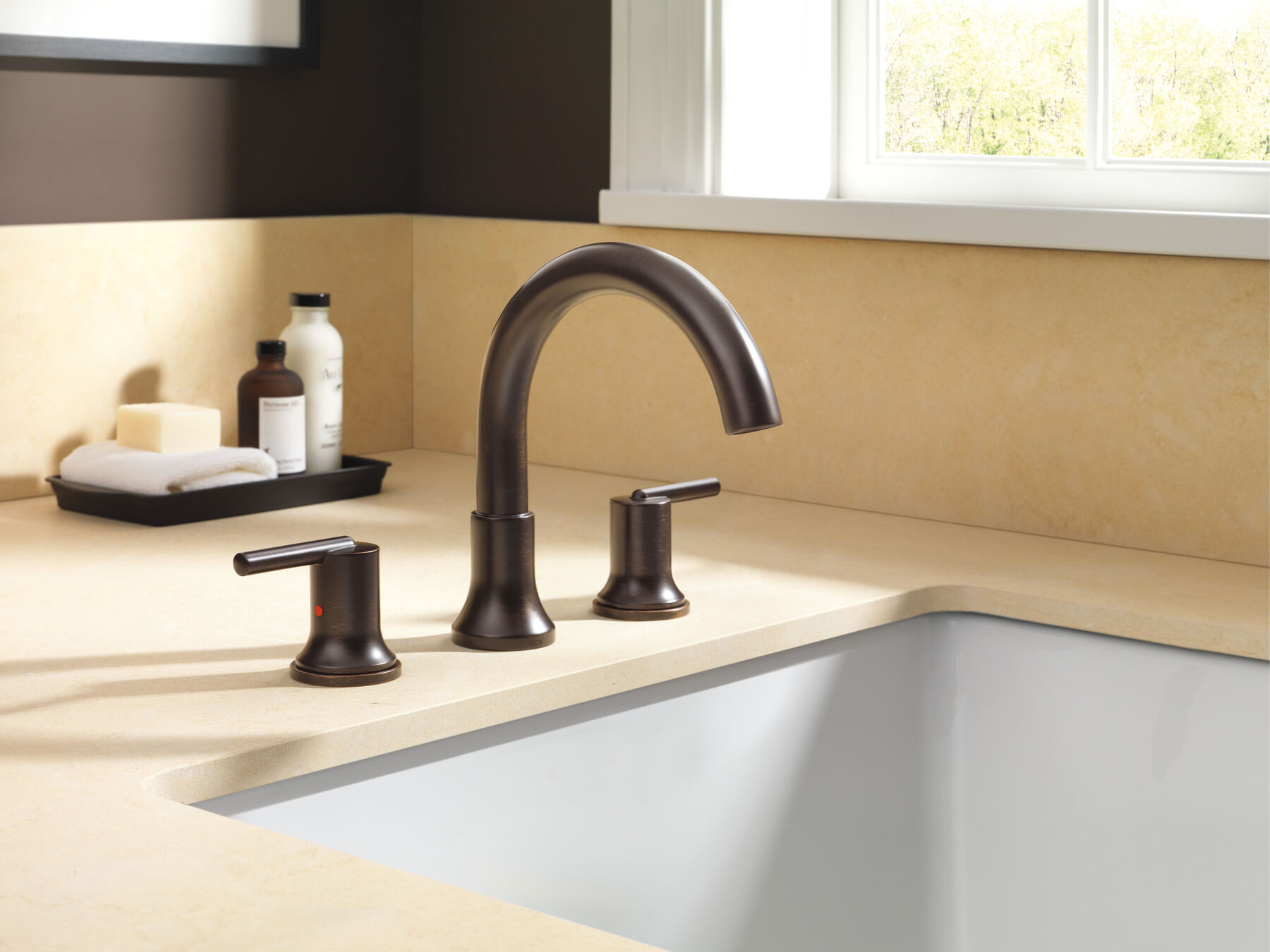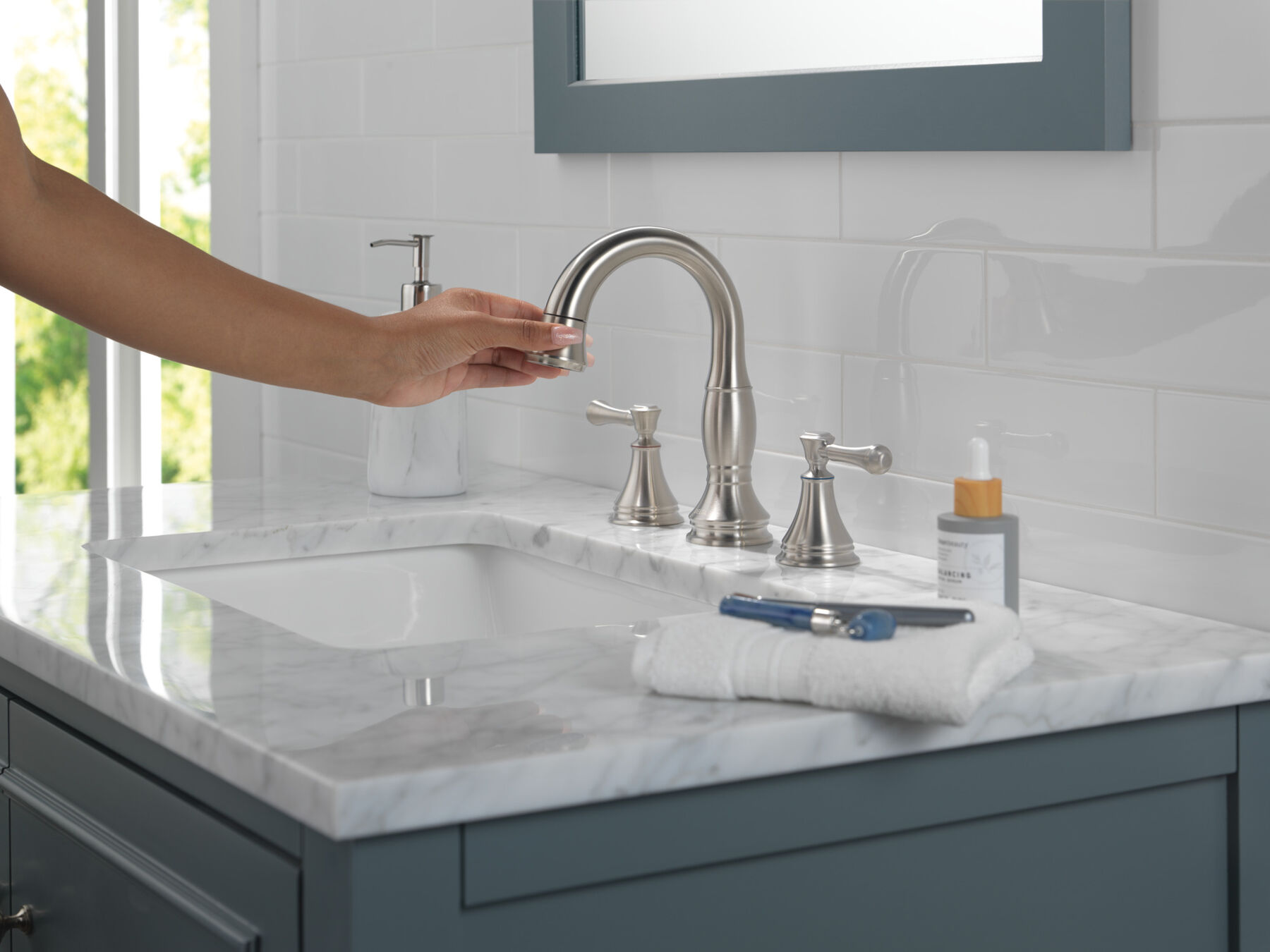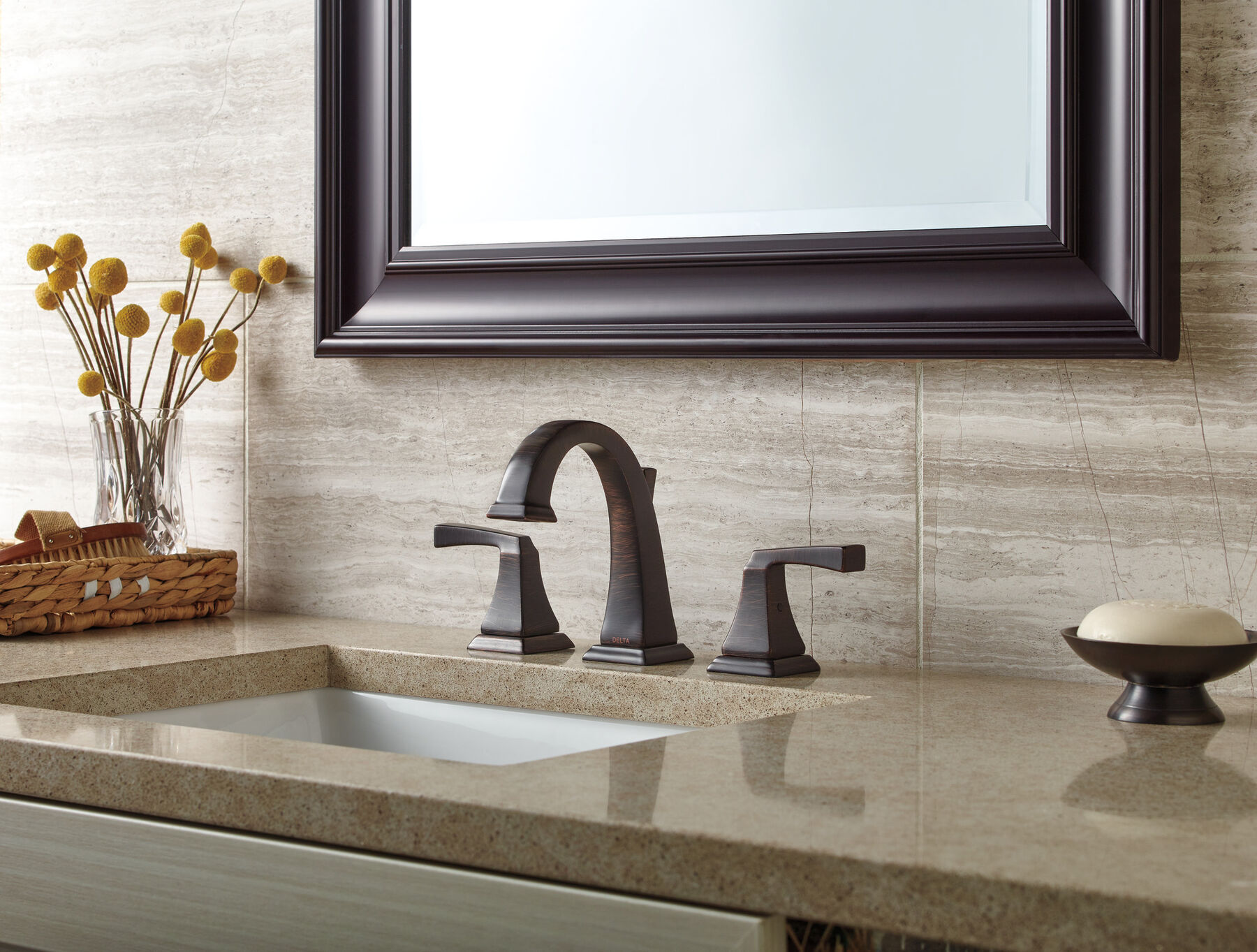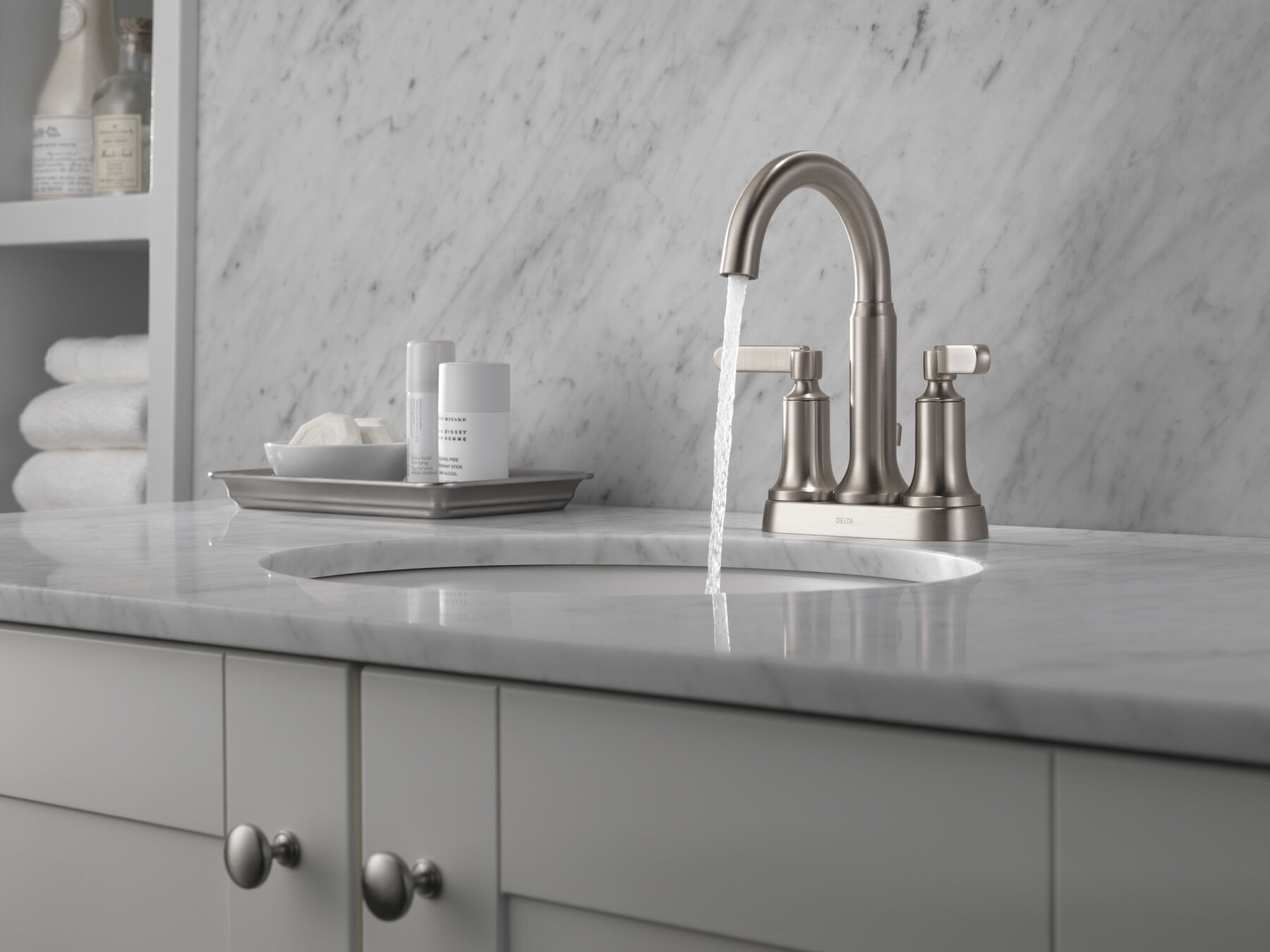In this comprehensive guide, we’ll walk you through the steps to successfully remove a Pfister bathroom faucet. Whether you’re upgrading your fixtures or performing maintenance, this process can seem daunting at first, but with the right tools and knowledge, you can tackle it with confidence. Let’s dive in!
Removing a bathroom faucet may be necessary for various reasons, such as replacing worn-out components, upgrading to a new style, or conducting repairs. Pfister faucets, known for their quality and durability, require a systematic approach to ensure proper removal without causing damage. Before you begin, gather the necessary tools and familiarize yourself with the faucet’s design.
Assessing the Situation

1. Faucet Type and Design
Begin by identifying the specific type and design of your Pfister faucet. Different models may have varying components and attachment methods, so understanding the faucet’s design is essential for planning the removal process. Look for any distinguishing features or components that may affect how the faucet is secured to the sink or countertop.
2. Accessibility
Evaluate the accessibility of the faucet and its surrounding area. Take note of any obstacles, such as nearby plumbing fixtures, cabinets, or tight spaces, that may hinder access to the faucet mounting area. Assessing accessibility helps you anticipate any challenges you may encounter during the removal process and plan accordingly.
3. Water Supply
Check the location of the shut-off valves for the water supply lines connected to the faucet. Ensure that the shut-off valves are easily accessible and functional. Shutting off the water supply is a crucial step before removing the faucet to prevent any leaks or spills during the process. Assessing the water supply ensures you can safely disconnect the water lines without causing damage or creating a mess.
4. Existing Condition
Inspect the current condition of the faucet and surrounding components. Look for signs of wear, corrosion, or damage that may affect the removal process or indicate underlying issues with the faucet. Assessing the existing condition helps you plan for any necessary repairs or replacements that may be required during or after the removal process.
5. Tools and Resources
Review the tools and resources you have available for removing the faucet. Ensure that you have the necessary tools, such as wrenches, screwdrivers, and plumber’s tape, to complete the removal process effectively. Assessing your tools and resources helps you prepare for the task ahead and ensures that you have everything you need to successfully remove the faucet without delays or complications.
Tools You’ll Need

1. Adjustable Wrench
An adjustable wrench is an essential tool for loosening and tightening nuts and bolts of various sizes. Its adjustable jaw allows you to grip different-sized fasteners securely. When removing a Pfister faucet, you’ll use the adjustable wrench to loosen the mounting nuts securing the faucet to the sink or countertop.
2. Phillips Screwdriver
A Phillips screwdriver is designed to turn Phillips head screws, which have a cross-shaped recess in the head. You may encounter Phillips head screws when removing certain components of the Pfister faucet, such as the drain stopper or handle screws. Having a Phillips screwdriver ensures that you can easily remove these screws without damaging them.
3. Basin Wrench (Optional)
A basin wrench is a specialized tool designed for reaching and tightening or loosening nuts in tight spaces, such as those found underneath sinks. While not strictly necessary, a basin wrench can be incredibly helpful when removing a Pfister faucet, especially if the mounting nuts are difficult to access with a regular wrench. Its long handle and swiveling jaw allow you to reach into confined spaces and loosen nuts with ease.
4. Plumber’s Tape
Plumber’s tape, also known as Teflon tape or thread seal tape, is a thin, white tape used to create a watertight seal between threaded pipe fittings. When reinstalling or reassembling a faucet, applying plumber’s tape to the threaded connections helps prevent leaks by filling in any gaps between the threads. It’s a simple yet effective way to ensure a secure and leak-free connection.
5. Towels or Rags
Having towels or rags on hand is essential for keeping your work area clean and dry during the removal process. You can use them to wipe up any spilled water or to protect the surrounding area from scratches or damage while working with tools. Additionally, placing a towel or rag beneath the faucet connections helps catch any residual water that may drip out when disconnecting the water supply lines.
Step-by-Step Removal Process

1. Turn Off the Water Supply
Locate the shut-off valves beneath the sink or countertop and turn them clockwise to shut off the water supply. These valves are typically located on the water pipes leading to the faucet. Shutting off the water supply is crucial to prevent any water from flowing while you work on removing the faucet.
2. Disconnect the Water Supply Lines
Using an adjustable wrench, loosen and disconnect the water supply lines from the faucet. The water supply lines are usually connected to the faucet with compression fittings or threaded connections. Place a towel or rag beneath the connections to catch any residual water that may drip out when disconnecting the lines.
3. Remove the Drain Stopper
If your Pfister faucet is equipped with a pop-up drain assembly, you’ll need to remove the drain stopper next. Locate the nut securing the drain stopper beneath the sink and use a wrench to loosen it. Once the nut is loosened, lift the stopper out of the drain. This step may vary depending on the type of drain assembly installed.
4. Loosen the Mounting Nuts
Locate the mounting nuts securing the faucet to the sink or countertop. These nuts are typically located beneath the sink basin or countertop and may be difficult to access. Use an adjustable wrench to loosen the mounting nuts by turning them counterclockwise. If the nuts are hard to reach, consider using a basin wrench for better leverage.
5. Disconnect the Faucet
Once the mounting nuts are loosened, carefully lift the faucet assembly out of the sink or countertop. Be mindful of any attached components, such as the spout or handles, and disconnect them as needed. Some faucets may have additional components, such as retaining clips or screws, that need to be removed before the faucet can be lifted out.
6. Clean the Installation Area
After removing the faucet, take the opportunity to clean the installation area thoroughly. Use a mild cleaning solution and a soft cloth to remove any debris, residue, or mineral deposits that may have accumulated around the faucet mounting area. A clean installation area ensures a smooth surface for installing the new faucet or performing any necessary repairs.
7. Apply Plumber’s Tape (Optional)
If you plan to install a new faucet or reassemble the existing one, consider applying plumber’s tape to the threaded connections. Plumber’s tape helps create a watertight seal and prevents leaks by filling in any gaps between the threads. Wrap the tape around the threads of the faucet connections before reinstalling or reassembling the faucet.
Conclusion
Removing a Pfister bathroom faucet requires careful planning and execution to ensure a successful outcome. By following the steps outlined in this guide and using the appropriate tools, you can remove your faucet with confidence. Remember to take your time, stay organized, and refer to manufacturer instructions if needed. With patience and perseverance, you’ll have your old faucet removed and ready for the next step in your bathroom renovation or maintenance project.

